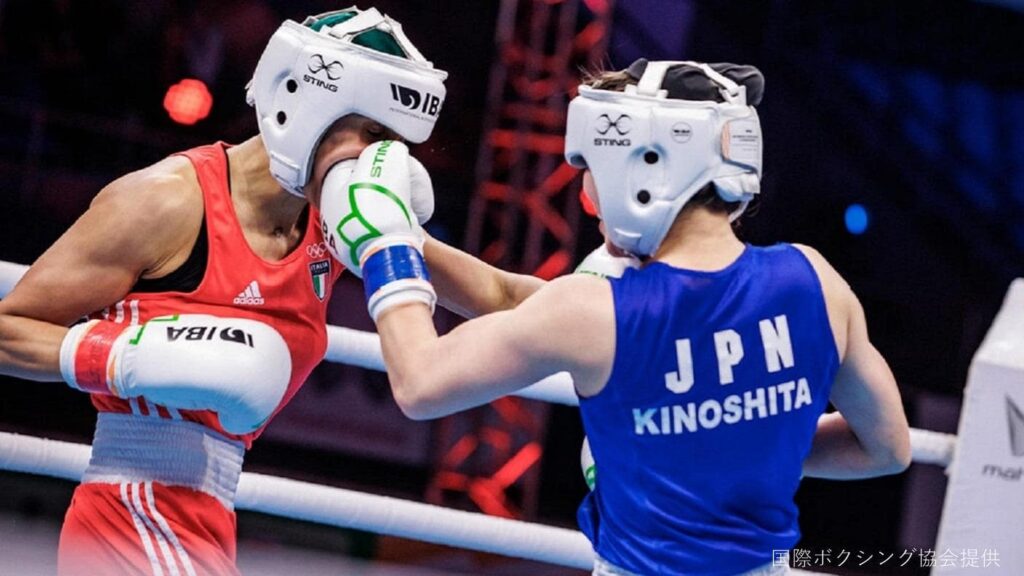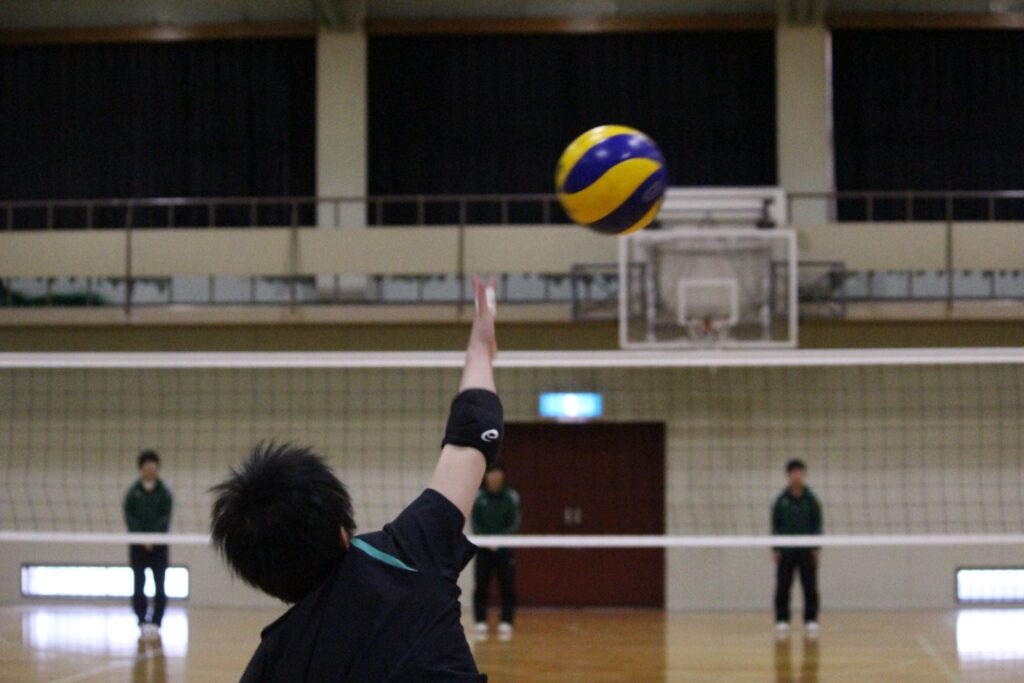
In many cases, boxing associations and organizations in each country keep their own statistics on the number of boxing players in each class, and the total number of boxers (amateurs and professionals combined) fluctuates rapidly, so the exact number of players is not known. .
However, as a general trend, there are some patterns in the popularity of each class and the number of competitors.
This time, we will introduce the classes of boxing in order of number of competitors and popularity.
目次
- 1 Introducing boxing classes in order of number of competitors
- 2 Introducing boxing classes in order of popularity
- 3 Legendary boxing champion by weight class
- 4 Population and popularity of different boxing classes around the world
- 5 Reasons and trends for boxers to change or stay in weight class
- 6 Influence and analysis of the very common boxing class system
Introducing boxing classes in order of number of competitors
1.Lightweight (61kg or less)
It is a globally popular class, and often features technically advanced fights. Many boxers try this weight class because it requires a balance of speed and power.
2.Welterweight (under 66.5kg)
It is a very popular weight class, and many legendary matches have taken place in this weight class throughout history. There are many competitors, and a high level of skill is required.
3. Middleweight (72.5kg or less)
This class is attractive for its combination of power and speed, and many strong hitters flock to this class. A balance between technique and physical strength is the key to victory, and there are many competitors.
4.Featherweight (57kg or less)
This is a class where speed and technique are particularly important, and there are many players who move quickly. The number of people competing tends to be large, and there are many exciting matches to watch.
5.Heavyweight (over 72.5kg)
It is a weight class that can be said to be the face of boxing, and is one of the weight classes that attracts the most attention, especially in professional boxing. Although the number of competitors is relatively small, each individual athlete is well-known and attracts a lot of attention.
6.Light flyweight to bantamweight (under 49kg to under 53.5kg)
Although these weight classes do not generally have a large number of competitors, they are particularly popular in countries in Asia and Latin America. It is characterized by battles that emphasize skill and speed.
7. Super middleweight, cruiserweight, etc.
Although there are not many players in these middle classes, players who display exciting talent sometimes emerge. It is especially popular in some regions.
This classification is based on general trends only and may change over time and region. Additionally, since we do not differentiate between amateurs and professionals, how the number of participants in a particular weight class changes depends on a variety of factors.

Introducing boxing classes in order of popularity
The popularity of boxing in its weight classes varies greatly depending on region, era, and the fighters who perform there.
However, due to the presence of historic matches or charismatic champion athletes, a particular weight class may enjoy temporary or long-term popularity.
Below, we will briefly introduce the generally popular classes in order of popularity, but please understand that this is just a general trend and is easily influenced by the era and specific players.
1.Heavyweight
This weight class is also known as the “king” of boxing, and many legendary fighters have historically competed in this weight class.
Many of the most famous fighters in boxing history, such as Muhammad Ali and Mike Tyson, are heavyweight fighters.
It is very popular because there are many dramatic developments in which the power of one blow can determine the outcome of the match.
2.Welterweight
The welterweight division, which requires a balance of technique, speed, and power, is a weight class in which fighters of a variety of styles, from technical fighters to power fighters, such as Floyd Mayweather Jr. and Manny Pacquiao, have flourished.
The game’s tactical tactics are appealing, and it is supported by a wide range of fans.
3. Middleweight
The middleweight division, which requires power and technique, has produced some of the most famous fights in history, including those between Marvin Hagler, Sugar Ray Leonard, and Canelo Alvarez.
Fights in this weight class are often expected to be fierce, and are loved by many boxing fans.
4.Lightweight
Lightweight, where speed and skill shine, is a division where highly skilled fighters such as Vasile Lomachenko and Teofimo Lopez stand out.
This is a very attractive class for fans who like technical fighting styles.
5. Featherweight
The featherweight division is characterized by battles that emphasize speed, and in the past there have been fighters such as Prince Naseem Hamed and Manny Pacquiao (early in his career) who captivated fans with their spectacular performances.
This class has a lot of action and is easy to watch.
These weight classes change in popularity from time to time, depending on particularly memorable matches and players.
However, each weight class has a unique charm and history, and each contributes to boxing’s rich culture.

Legendary boxing champion by weight class
Boxing has many weight classes, and each weight class has its own legendary champions.
Below is a list of notable champions from history, selected for each major weight class.
This list is not exhaustive, but it highlights some of the most influential fighters in boxing history.
heavyweight
- Muhammad Ali : Known as “The Greatest,” he was a three-time world heavyweight champion. His charisma and activity both in and out of the ring made him an icon of the sport.
- Mike Tyson : A young heavyweight champion known as “Iron Mike,” he is known for his incredible power and speed.
- Joe Louis : Long-time heavyweight champion, nicknamed the “Brown Bomber.” He has gone down in history with his defensive record.
light heavyweight
- Archie Moore : Known for his long career and hard hitting, he holds the record for the most defenses at light heavyweight.
middleweight
- Marvin Hagler : Known as “The Marvelous,” he dominated the middleweight division for a long time. He is known for his strength and tenacity.
- Sugar Ray Robinson : He had success not only at middleweight but also at welterweight. He is considered by many to be the “greatest boxer of all time”.
welterweight
- Floyd Mayweather Jr .: Known for his undefeated record and his defensive skills. He became a champion in multiple weight classes.
- Manny Pacquiao : The only boxer to become world champion in eight weight classes. He is known for his speed and aggression.
lightweight
- Roberto Duran : Nicknamed “Hands of Stone,” he dominated the lightweight division with his powerful punches and tough fighting style.
featherweight
- Willie Pep : He had an incredible record of 229 wins and was praised for his deft footwork and defense.
bantamweight
- Ederi Joffre : Brazilian, world champion in bantamweight and featherweight. His technique and power are highly regarded.
flyweight
- Ricardo Lopez : Has an undefeated record and dominated the flyweight division for many years. Known for his technical skill and power.
These champions had a huge impact on boxing in their respective eras and left legacies that will be remembered for generations to come.
Their battle is still talked about by many fans.

Population and popularity of different boxing classes around the world
The popularity of boxing weight classes and the number of competitors varies widely in different regions and countries of the world.
In general, the average size, economic conditions, and cultural background of a region influence which weight classes are particularly popular or have a large number of competitors.
Below is an overview of trends by region
united states of america
In the United States, intermediate to heavyweights such as welterweight, middleweight, light heavyweight, and heavyweight are particularly popular.
Historically, many famous boxers have competed in these weight classes.
For example, Muhammad Ali, Floyd Mayweather Jr., Mike Tyson, etc.
Latin America (Mexico, Puerto Rico, etc.)
In Latin America, lighter weight classes are popular and have many athletes.
Many talented boxers have been born, especially in the featherweight, super featherweight, and lightweight divisions.
These regions traditionally produce boxers with a technical style and high athletic ability.
Europe
In Europe, weight classes from intermediate to heavyweight are popular.
Especially in Eastern European countries, there are many heavyweight and light heavyweight boxers who are known for their powerful striking power and solid technique.
Famous examples include the Klitschko brothers and Alexander Usyk.
Asia
In Asia, especially in Japan and the Philippines, lightweight classes such as flyweight and bantamweight are particularly popular.
In these countries, there are many boxers who are small in stature but have excellent technique and quick movements.
Examples include Manny Pacquiao and Kazuto Ioka.
Africa
Boxing is popular in some parts of Africa, but it is not concentrated in any particular weight class, and talent can be found in various weight classes.
Namibia, South Africa, and Ghana are strong boxing countries, and these countries produce internationally competitive boxers in many weight classes.
The classes that are popular in each region and the classes that have the most competitors are deeply rooted in the region’s socio-economic conditions, average body size, and boxing traditions and culture.
Additionally, depending on the region, the emergence of a boxer who has achieved international success in a particular weight class may generate new interest in that weight class.

Reasons and trends for boxers to change or stay in weight class
Athletes changing weight classes in boxing is a common phenomenon, and there are various reasons and strategies behind it.
You can understand trends in weight class changes in boxing by exploring why fighters change weight classes or stay in a particular weight class throughout their career.
Reasons for changing ranks
- Natural weight gain : Weight naturally increases with age, especially when young athletes are in their growth stages. Moving to an appropriate weight class as your physique grows is important to maintaining your competitive ability.
- Seeking a new challenge : Athletes who have already achieved success in one weight division may seek a new challenge and aim to win a title in another weight class. This gives athletes the honor of being champions in multiple weight classes.
- Avoiding competitive intensity : If a weight class is particularly competitive, athletes and their teams may choose to move to a weight class with a better chance of success.
- Difficulties managing weight : If an athlete has difficulty adhering to the weight limits of a particular weight class, they may move to a higher weight class to protect their health.
Reasons for staying in a particular class
- Expertise in weight management : Some athletes choose to compete in the same weight class for an extended period of time, using their expertise in nutrition and training. This increases your experience and knowledge in the ranks and helps you achieve long-term success.
- Strategic selection of weight classes : If a player or his team believes that he or she is most likely to be successful in a particular weight class, they will choose to remain in that weight class. This is a strategic decision based on physical characteristics such as body type, reach, power, and speed.
- Branding and recognition : Athletes who become prominent in a particular weight class may seek to increase their brand value and pursue commercial success by maintaining their position in that weight class.
Tendency to change ranks
Early in an athlete’s career, it is common to change weight class due to weight gain, and in the mid-to-late stages of a player’s career, weight class changes are common due to pursuit of new challenges or difficulty managing weight. Additionally, some players aim to stay in a particular weight class for a long period of time to improve their expertise in that weight class and make their mark on history.
Weight class changes in boxing are influenced by the individual physique, technique, strategy, and sometimes even outside pressure.
How a player and his team decide to change weight class and how they respond throughout their career is a critical factor in that player’s success.

Influence and analysis of the very common boxing class system
The increase in the number of weight classes in boxing has had several important effects on the sport itself.
These impacts can be both positive and negative, impacting fans, players, promoters and the sport as a whole.
positive impact
- More Opportunities for Players : With more weight classes, more players will have the opportunity to become champions. This leads to increased motivation for athletes and encourages them to participate in the sport.
- Improved safety : Increasing the number of weight classes allows for more detailed classification by weight, reducing disadvantages and health risks due to weight differences. It allows athletes to compete in weight classes closer to their natural weight, reducing the need for excessive weight loss and protecting their health.
- Increased competitive excitement : More weight classes provide more opportunities for athletes of different body types and styles to compete, making the matches more appealing to fans. This could increase the excitement level of boxing and further expand the popularity of the sport.
negative impact
- Dilution of the value of titles : When the number of titles increases at the same time as the class, there is a problem that the value of each title is diluted. When a weight class has champions from multiple organizations, it can be difficult to determine who is the true champion, leading to confusion for fans.
- Disparities among competitors : Due to the segmentation of weight classes, there may be fewer competitors in a particular weight class, making it relatively easier to become a champion due to less competition. This makes it difficult to compare outcomes with more competitive classes.
- Impact on commercialization : Increasing the weight class allows promoters and broadcasters to promote more title matches, but this increases the commercialization of the sport and puts it at a disadvantage over the health of athletes and the intrinsic value of the sport. This may also lead to a tendency to prioritize profits.
Comprehensive analysis
The increase in the number of weight classes has had mixed effects on boxing. On the other hand, it will provide more opportunities for players and allow fans to enjoy a wider variety of matches.
However, at the same time, there are also issues that need attention, such as dilution of the value of titles and deviation from the essence of sports.
Addressing these challenges will require cooperation between organizations, stronger regulations, and the creation of a culture that prioritizes athlete health and the ethics of sport.
For those who want to know the list of boxing classes
Check out the article that introduces the list of boxing weight classes.
Also, the average height for each weight class in boxing. We also recommend





